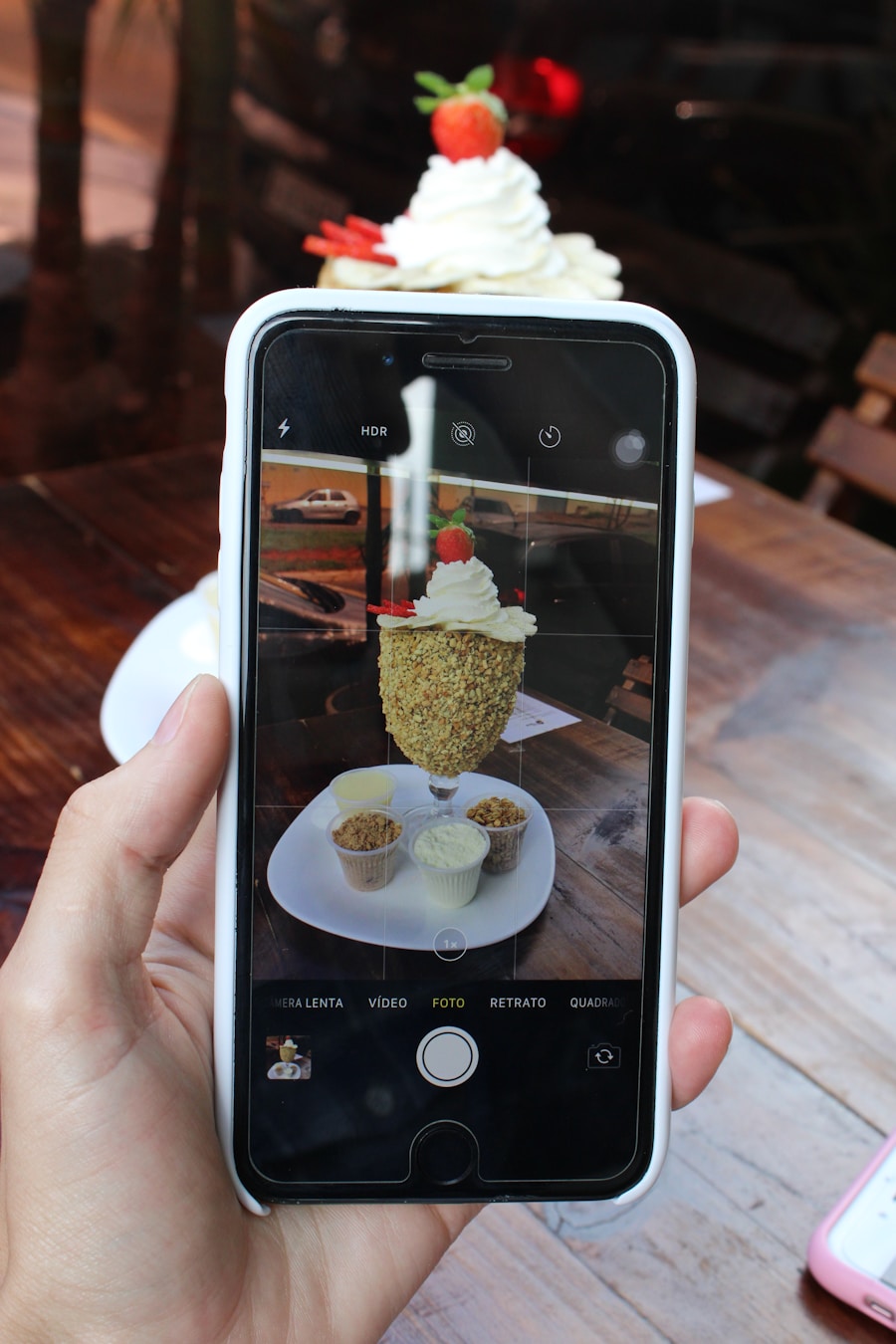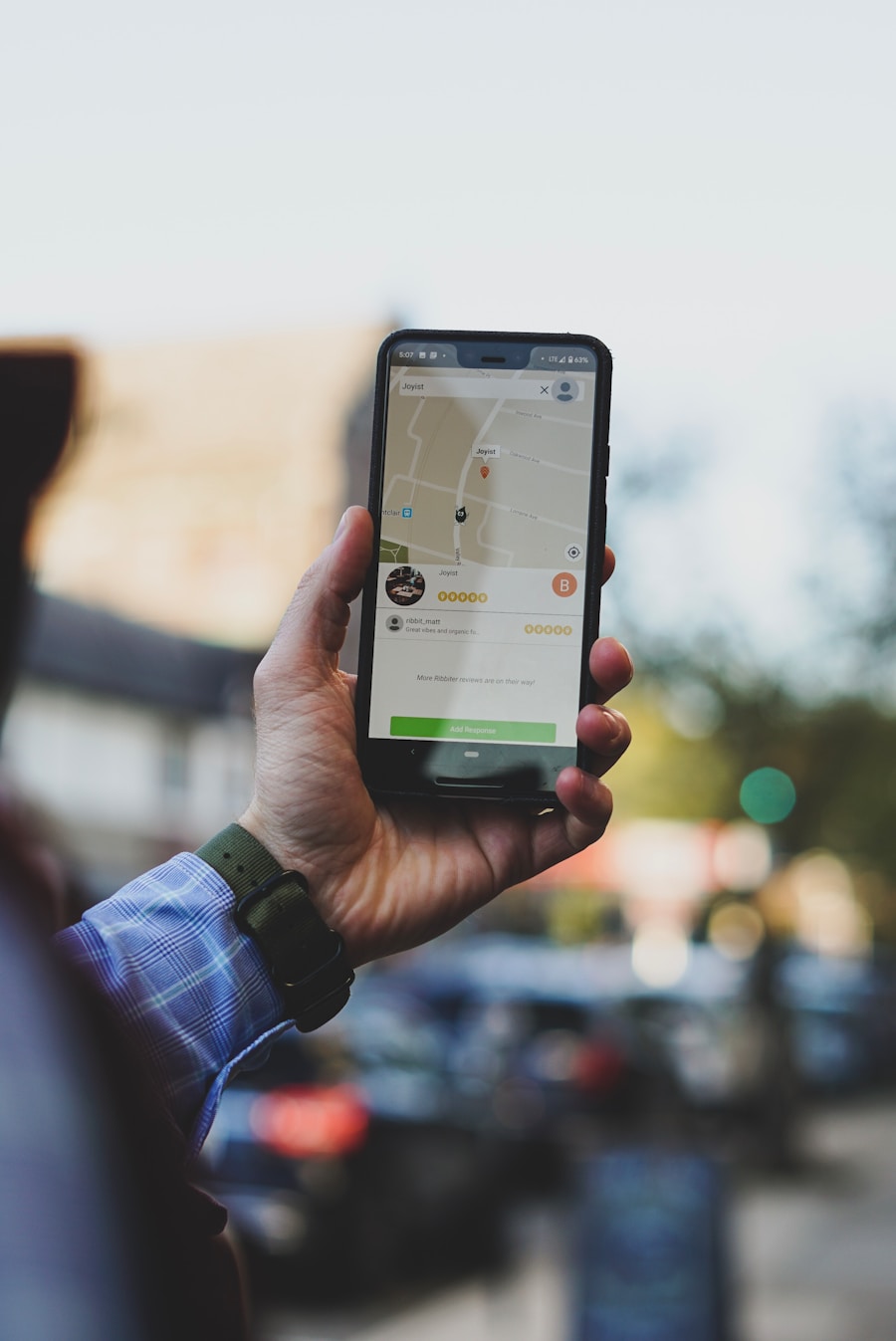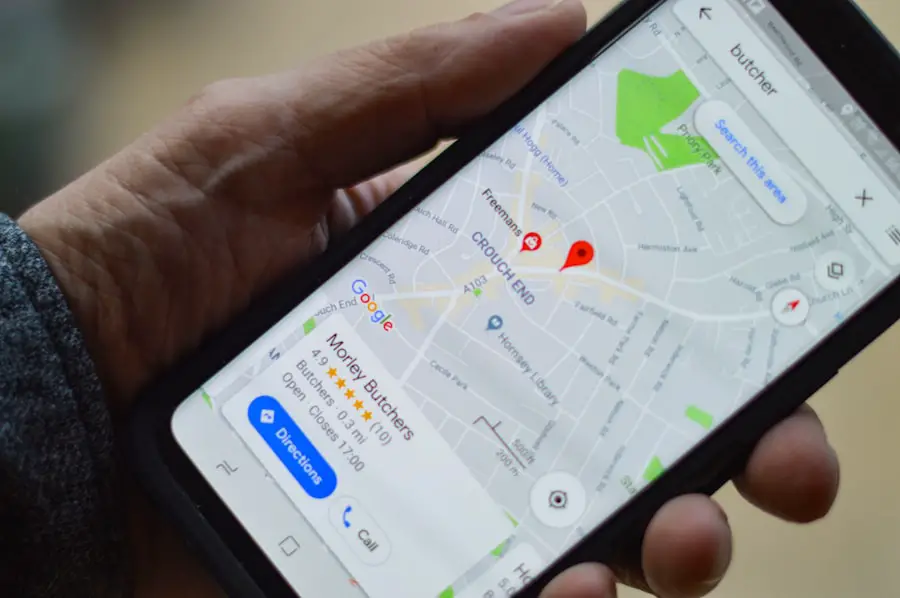Location sharing is a feature that allows users to share their real-time geographical position with others through various applications and services. This capability has become increasingly prevalent in our digital age, where connectivity and communication are paramount. The technology behind location sharing typically relies on GPS (Global Positioning System), cellular networks, and Wi-Fi signals to determine a device’s location accurately.
By leveraging these technologies, smartphones can provide precise coordinates that can be shared with friends, family, or colleagues, enhancing both personal safety and convenience. The applications of location sharing are vast and varied. For instance, parents can keep track of their children’s whereabouts for safety reasons, while friends can coordinate meet-ups in crowded areas.
Businesses also utilize location sharing for logistics and fleet management, ensuring that deliveries are made efficiently. Moreover, social media platforms have integrated location sharing features, allowing users to tag their locations in posts or check in at specific venues. This functionality not only fosters social interaction but also enables businesses to engage with customers more effectively by offering location-based promotions and services.
Key Takeaways
- Location sharing allows users to share their real-time location with friends and family members for safety and convenience.
- On iPhone, users can set up location sharing through the Find My app and share their location with specific contacts.
- Android users can set up location sharing through the Google Maps app and share their location with specific contacts or through a link.
- Users can share their location between iPhone and Android devices by using cross-platform apps like Google Maps or third-party apps like WhatsApp.
- Privacy and security concerns related to location sharing include the risk of sharing personal information with the wrong people and the potential for location data to be misused.
- Troubleshooting and tips for successful location sharing include ensuring that location services are enabled, checking internet connectivity, and communicating with contacts to confirm that location sharing is working properly.
Setting Up Location Sharing on iPhone
Enabling Location Services
To initiate this process, users must first ensure that their device has location services enabled. This can be done by navigating to “Settings,” selecting “Privacy,” and then tapping on “Location Services.” Here, users can toggle the feature on and off and manage which apps have access to their location data.
Sharing Your Location
Once location services are activated, users can open the “Find My” app. Within the app, they will find an option labeled “Share My Location.” Tapping this option allows users to choose who they want to share their location with. They can select contacts from their address book or send an invitation via text message or email.
Customizing Sharing Options
Users can also set the duration for which they wish to share their location—options typically include sharing for one hour, until the end of the day, or indefinitely. This flexibility ensures that users maintain control over their privacy while still benefiting from the convenience of location sharing.
Setting Up Location Sharing on Android

For Android users, setting up location sharing is similarly user-friendly, though the exact steps may vary slightly depending on the device manufacturer and Android version. The most common method involves using Google Maps, which is pre-installed on most Android devices. To begin, users should open Google Maps and tap on their profile picture or initial in the top right corner of the screen.
From there, they can select “Location sharing” from the menu options. After selecting “Location sharing,” users will be prompted to choose how long they want to share their location—options typically range from 15 minutes to 24 hours or until they manually turn off the feature. Users can then select specific contacts from their Google account to share their location with or generate a link that can be sent via messaging apps or email.
This link allows anyone with access to it to view the user’s real-time location on a map.
Additionally, Android devices offer integration with other apps like WhatsApp and Facebook Messenger, enabling users to share their location directly through these platforms.Sharing Location between iPhone and Android
| Metrics | iPhone | Android |
|---|---|---|
| Market Share | 45% | 53% |
| Number of Apps for Sharing Location | Over 1,000 | Over 2,000 |
| Accuracy of Location Sharing | High | Medium |
| Integration with Social Media | Yes | Yes |
Sharing location between iPhone and Android devices presents unique challenges due to the differences in operating systems; however, it is entirely feasible with the right tools. One of the most effective methods for cross-platform location sharing is through third-party applications such as Google Maps or WhatsApp. These applications are available on both iOS and Android platforms, allowing users to share their locations seamlessly regardless of the device being used.
For instance, if an iPhone user wants to share their location with an Android user via Google Maps, they can follow the same steps outlined for Android users. After selecting “Location sharing,” they can choose to share their location with a specific Google account or generate a link that can be sent through various messaging platforms. The Android user receiving this link can click on it to view the iPhone user’s real-time location on a map.
This method not only bridges the gap between different operating systems but also enhances communication and coordination among friends and family members who may use different devices.
Privacy and Security Concerns
While location sharing offers numerous benefits, it also raises significant privacy and security concerns that users must consider before enabling this feature. One of the primary issues is the potential for unauthorized access to personal information. When users share their locations, they may inadvertently expose themselves to risks such as stalking or harassment if their information falls into the wrong hands.
Therefore, it is crucial for individuals to be selective about whom they share their location with and to regularly review their sharing settings. Another concern revolves around data retention and usage by service providers. Many applications that offer location sharing collect data not only for functionality but also for advertising purposes.
Users should be aware of the privacy policies associated with these applications and understand how their data may be used or shared with third parties. To mitigate these risks, individuals should consider using features that allow them to limit access to their location data or set expiration times for shared locations. Additionally, enabling two-factor authentication on accounts linked to location-sharing services can provide an extra layer of security against unauthorized access.
Troubleshooting and Tips for Successful Location Sharing

Inaccurate Location Reporting
One common issue with location sharing is inaccurate location reporting. This can happen due to poor GPS signal strength or interference from buildings and other structures. To improve accuracy, users should ensure that their device has a clear line of sight to the sky and that they are not in enclosed spaces when attempting to share their location.
Connectivity Issues
Another frequent issue is related to connectivity. Both Wi-Fi and mobile data must be enabled for real-time location sharing to function correctly. Users experiencing difficulties should check their internet connection and ensure that any relevant permissions are granted within the app settings. Additionally, restarting the device can often resolve minor glitches that may affect location services.
Optimizing Location Sharing
For optimal use of location sharing features, users should familiarize themselves with the settings available within their chosen application. For example, adjusting privacy settings can help manage who has access to shared locations and for how long. Regularly updating apps ensures that users benefit from the latest features and security enhancements as developers continually improve these services. By taking these proactive steps, individuals can enhance their experience with location sharing while minimizing potential issues related to privacy and connectivity.
FAQs
What are the different ways to share location from iPhone to Android?
There are several ways to share your location from an iPhone to an Android device. You can use messaging apps like iMessage or WhatsApp, share your location through email, or use a location-sharing app like Google Maps or Find My Friends.
How can I share my location using iMessage?
To share your location using iMessage, open the Messages app, select the conversation with the person you want to share your location with, tap the “i” icon in the top right corner, and then tap “Share My Location.”
Can I share my location through email from my iPhone to an Android device?
Yes, you can share your location through email from your iPhone to an Android device. You can use the “Share My Location” feature in the Maps app to send your current location to an email address.
Is it possible to share my location from iPhone to Android using WhatsApp?
Yes, you can share your location from iPhone to Android using WhatsApp. In the chat window, tap the “+” icon, select “Location,” and then choose “Share Live Location” to share your real-time location with the recipient.
Are there any third-party apps that can help me share my location from iPhone to Android?
Yes, there are third-party apps like Google Maps and Find My Friends that can help you share your location from iPhone to Android. These apps allow you to share your location with specific contacts and set the duration for which your location is visible.
Can I share my location from iPhone to Android using AirDrop?
Unfortunately, AirDrop is not compatible with Android devices, so you cannot directly share your location from iPhone to Android using AirDrop. However, you can use other methods like messaging apps or email to share your location.
